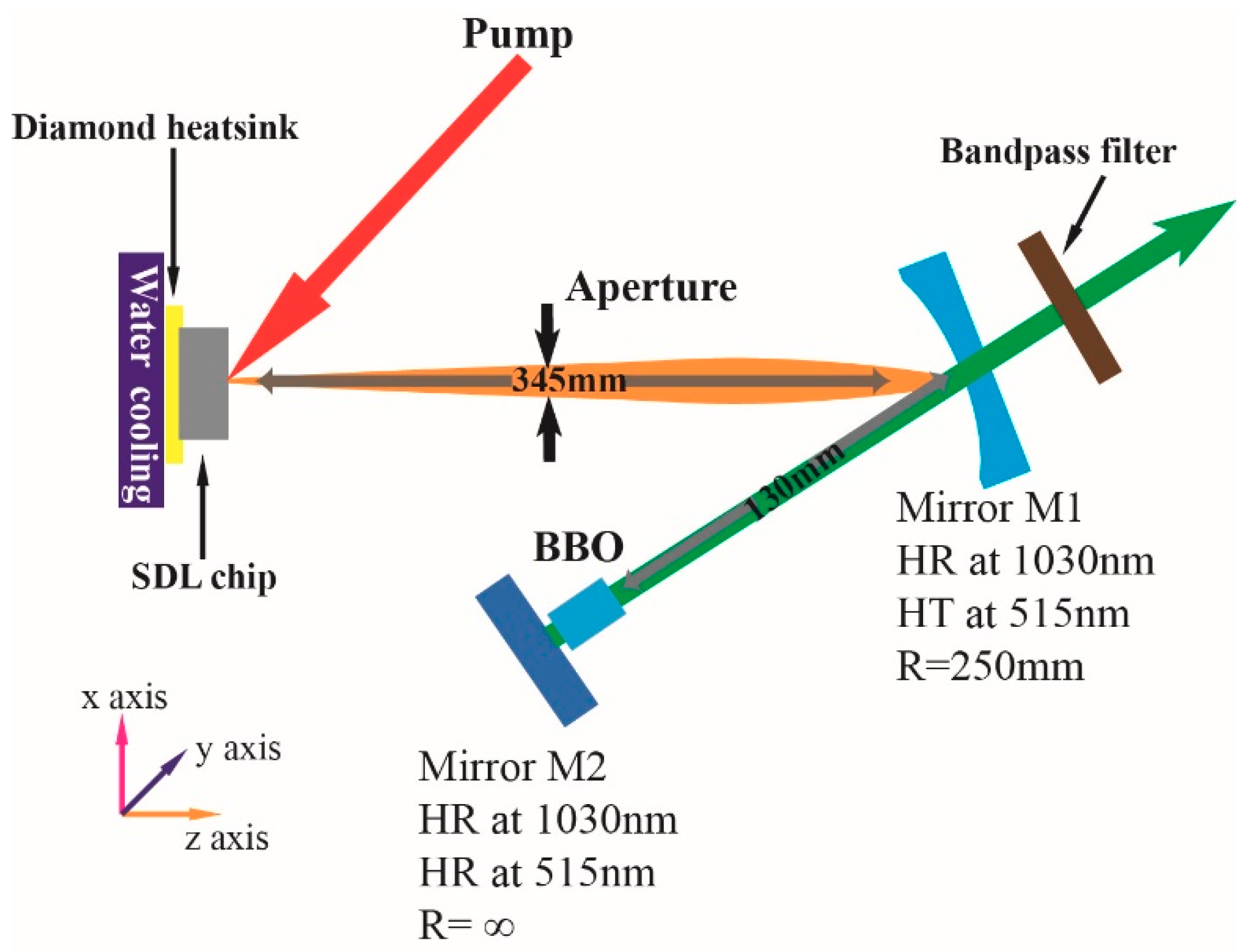Contents

Source: MDPI
Understanding Intracavity Frequency Doubling in Lasers
Frequency doubling, also known as second-harmonic generation (SHG), is a process used to convert light from one frequency to another. In lasers, intracavity frequency doubling involves placing a frequency doubler crystal within the laser resonator. This technique is commonly used for solid-state lasers to achieve efficient frequency conversion.
Advantages of Intracavity Frequency Doubling
Placing the frequency doubler crystal within the laser resonator allows for higher optical intensities, leading to increased conversion efficiency. This setup also enables the generation of frequency-converted output power comparable to the original wavelength.
Key Considerations
For successful intracavity frequency doubling, the laser resonator must include a high-transmissivity dichroic mirror for the frequency-doubled beam. Polarization and phase matching are crucial, with different options available depending on the laser’s emission characteristics.
Technical Challenges and Solutions
Issues such as power instabilities, laser wavelength escaping the conversion region, and excessive fundamental laser power can arise with intracavity frequency doubling. These challenges can be addressed through proper laser design, including the use of intracavity optical filters and stabilization techniques.
Other Approaches and Applications
Alternative techniques, such as external resonant enhancement cavities, can also be employed for frequency doubling. Additionally, nonlinear frequency conversion processes like stimulated Raman scattering and optical parametric oscillation can be performed within laser resonators.
Overall, intracavity frequency doubling is a valuable method for achieving efficient frequency conversion in lasers, with various considerations and solutions to optimize performance and stability.

Source: MDPI
Feel free to comment your thoughts.



